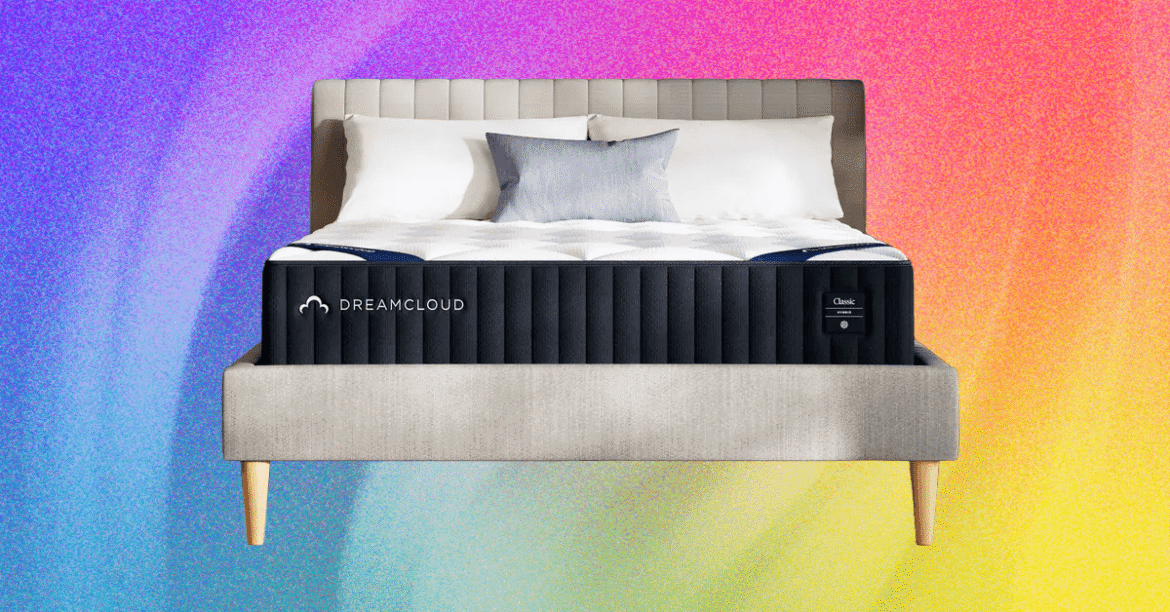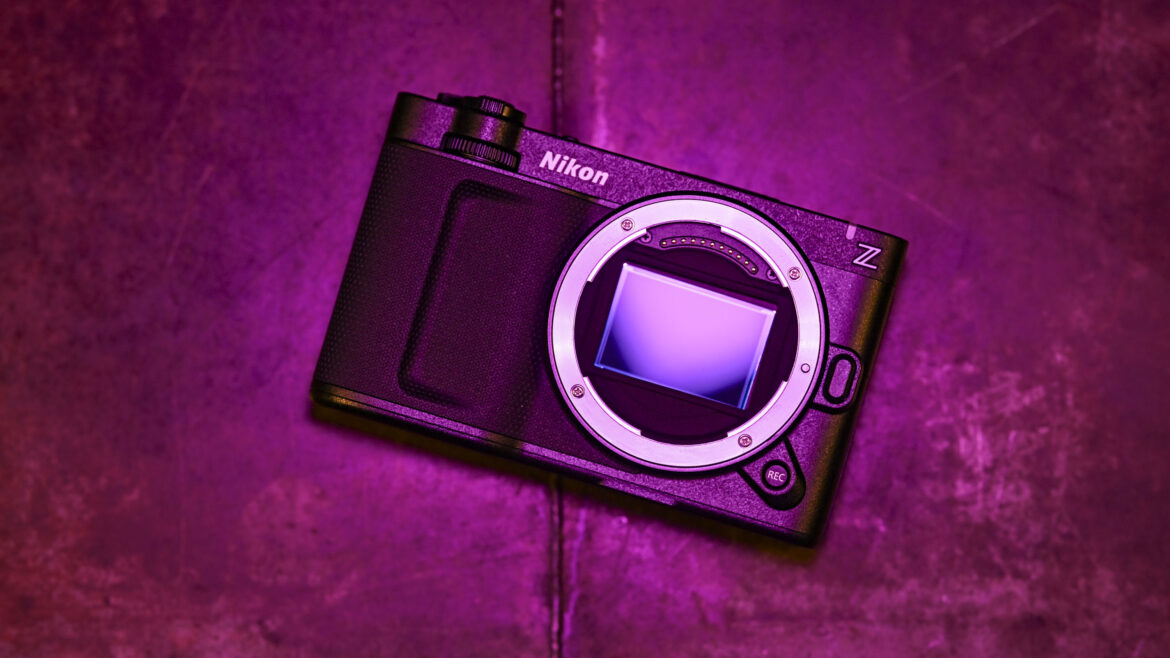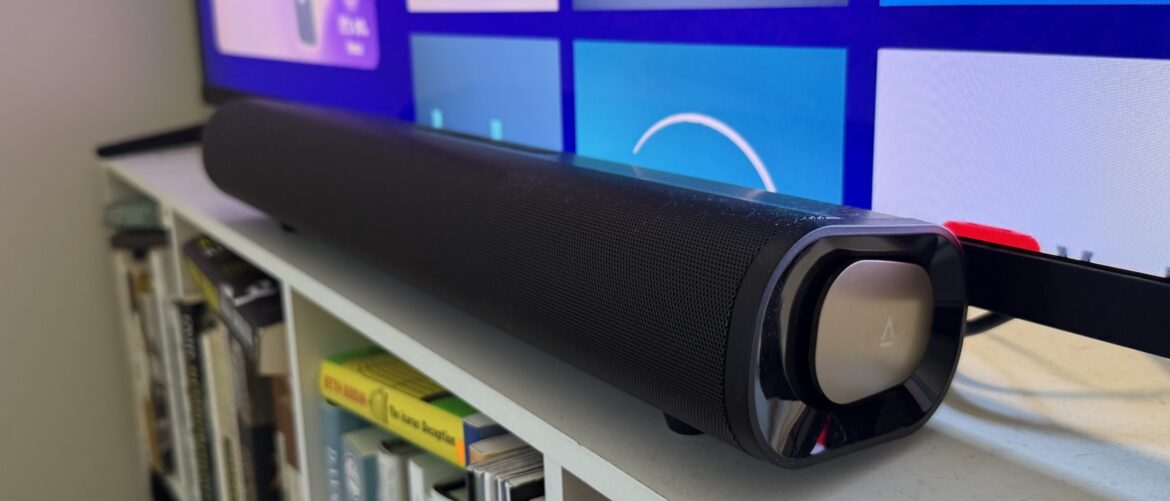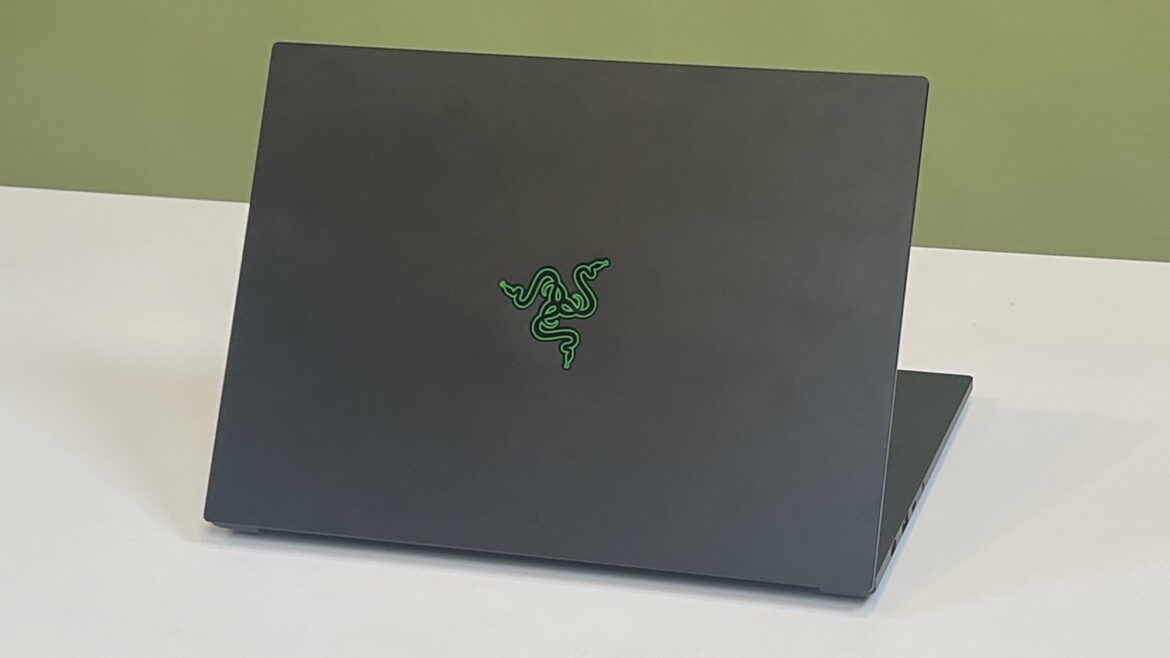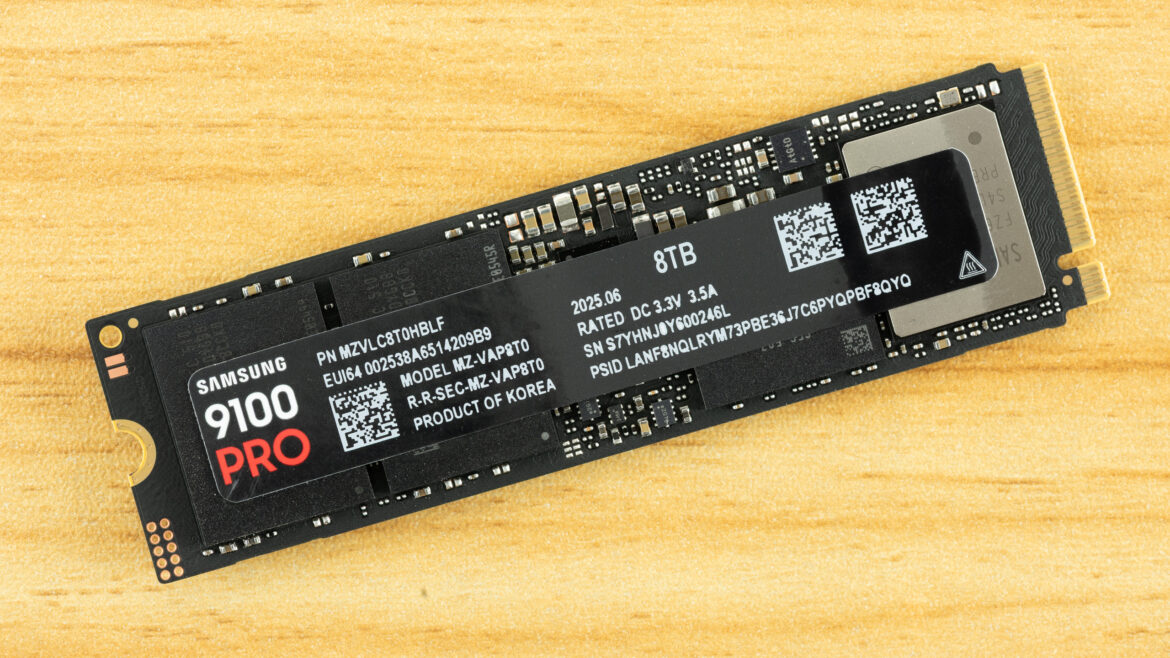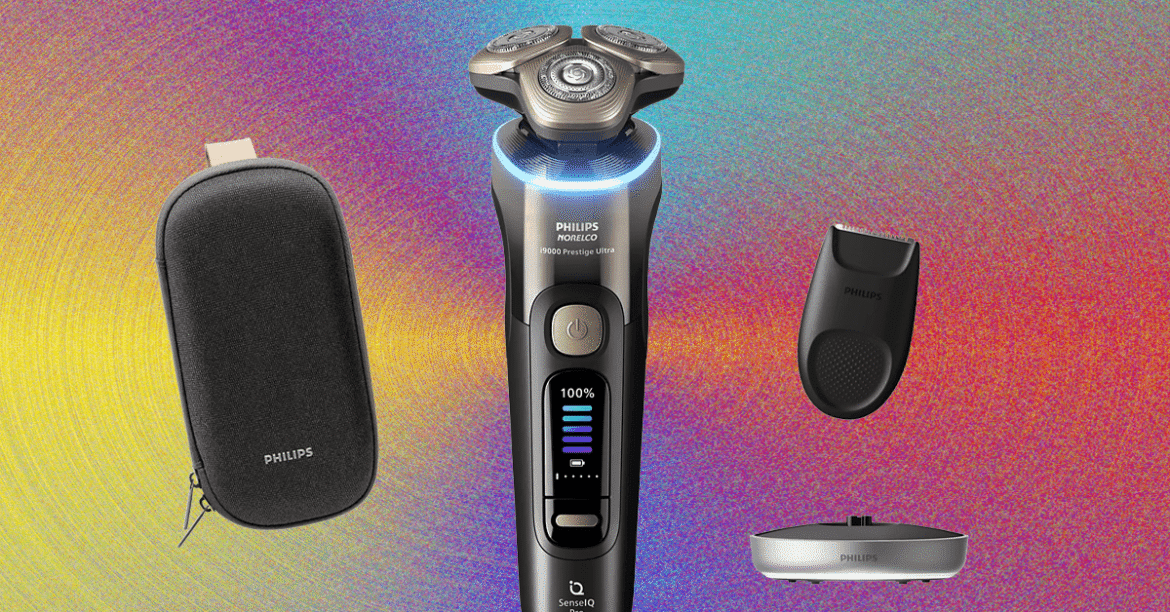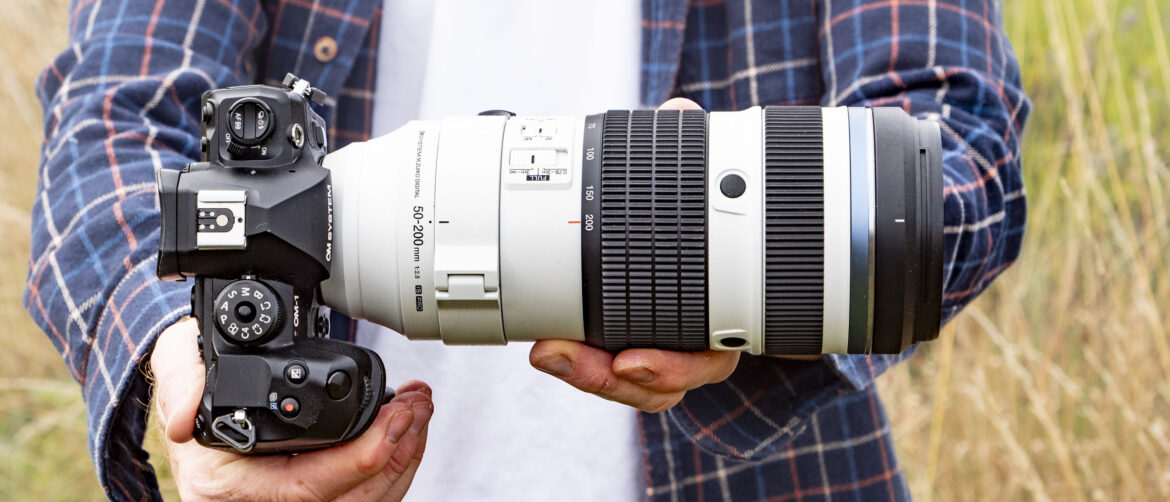With previous iterations of the DreamCloud Classic Hybrid, the brand consistently classified it as a medium-firm mattress. In my previous reviews, I usually ranked it as a 6.5 out of 10 in terms of firmness. The brand lists this latest model as just a straight “firm.” After sleeping on it for a week, I’d say it’s now about a 6.75 out of 10. It’s a hair firmer than it was in the past, but I’d put it as neck-and-neck firmness-wise with the Wolf Memory Foam Hybrid Premium Firm. What I would classify as a truly firm mattress is the general firm side of the Plank Firm mattress (which also has an extra-firm side to it, given the flippable design).
I slept on my side, back, and stomach without any problems or pressure relief issues to complain about. However, I don’t think there would be enough cushion here if you’re of a smaller stature and weigh under 120 pounds. Even the DreamCloud’s slight increase in firmness may not be well-suited for your hips and shoulders. But everyone else, listen up. The DreamCloud Classic Hybrid’s firmer surface is ideal for weight distribution, so your hips and shoulders should stay grooving on the same level. If one half of the body is sinking in more than the other half, or your hips and shoulders are both sinking in too far, your poor spine’s going to let you know at some point via back pain.
This firmer surface is right on target for keeping a surface bouncy (shoutout to my couples in search of the best mattress for sex), which keeps you from feeling stuck in place. If you’re like me, flipping among sleeping on my side, back, and stomach, depending on which of my dogs is tagging along, this is a big win.
Value Add
The bottom line: Regardless of one’s tax bracket, we all appreciate bang for our buck, and DreamCloud has always delivered in that regard. Whether you decide to get one for yourself or your guest room, I don’t think you can do wrong with this mattress. Especially given the fact it’s regularly on sale for well under $1,000 for a queen size, has an outrageously long sleep trial, and offers a lifetime warranty. I’ve never doubted DreamCloud’s commitment to quality beds, and I’ll continue to recommend them.

